Law enforcement and security
Introduction
We have developed powerful technology that can achieve impressive results including:
- The ability to rapidly scan CCTV footage and identify humans and human activity – this saves time and provides a rapid summary with highlighted times and frames where activity of interest is occurring. click here.
- The ability to rapidly scan CCTV footage, as described above, and to use a database of faces of Persons of Interest that enable the PoIs to be identified. click here.
- Ethical face recognition technology. click here.
- The detection of mobile phones and other data processing devices, which can then, subject to authorisation, enable tracing of movements of the phone and the traffic that has passed or is passing through the telephone. click here.
- The combination of face recognition with mobile phone detection. click here.
- Identifying vehicles that may have been involved in criminal activity, for example car bombs. click here.
- The ability to provide rapid processing of individuals for passport control, vaccination, boarding passes or other purposes without most of the individuals concerned having to stop. click here.
- The ability to discern human activity in remote border areas and provide alerts to border control authorities. click here.
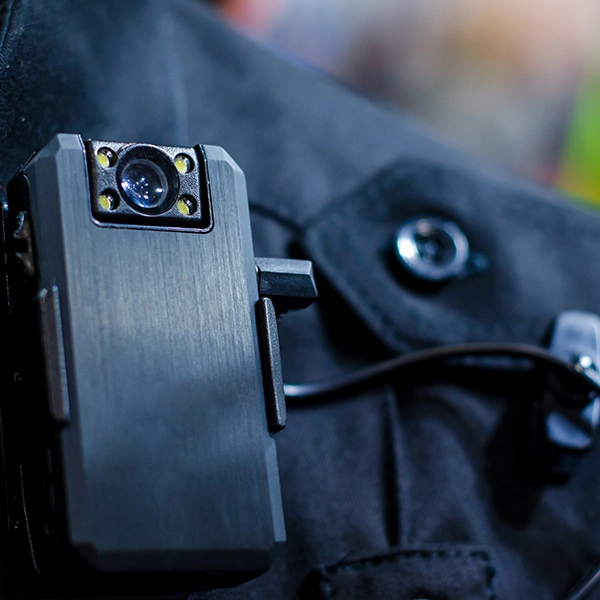
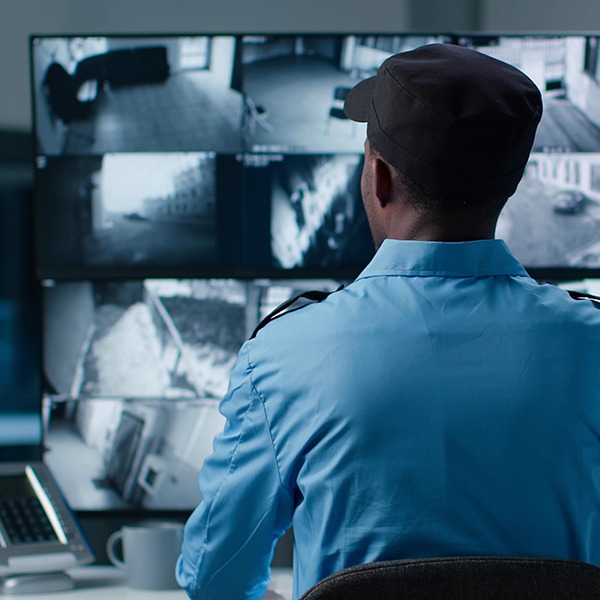
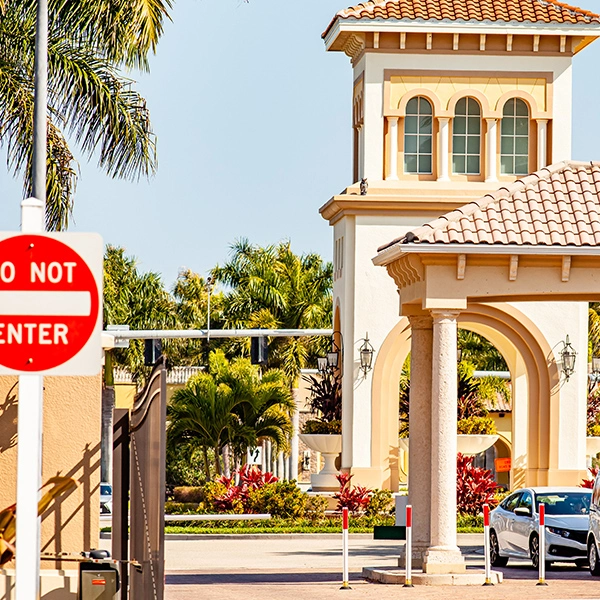
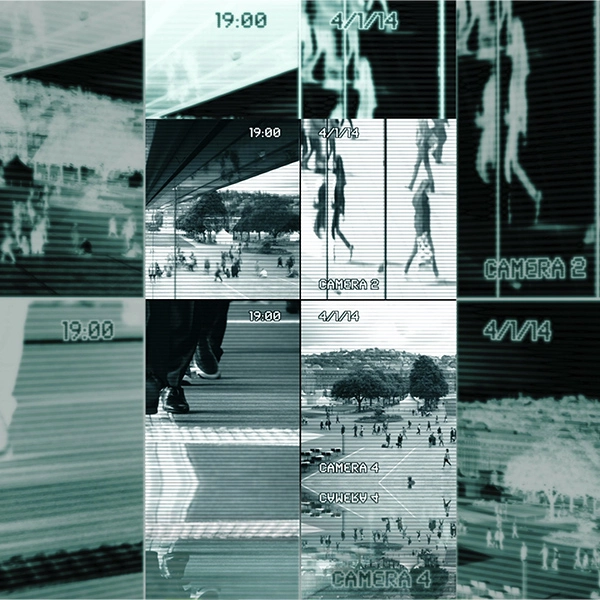
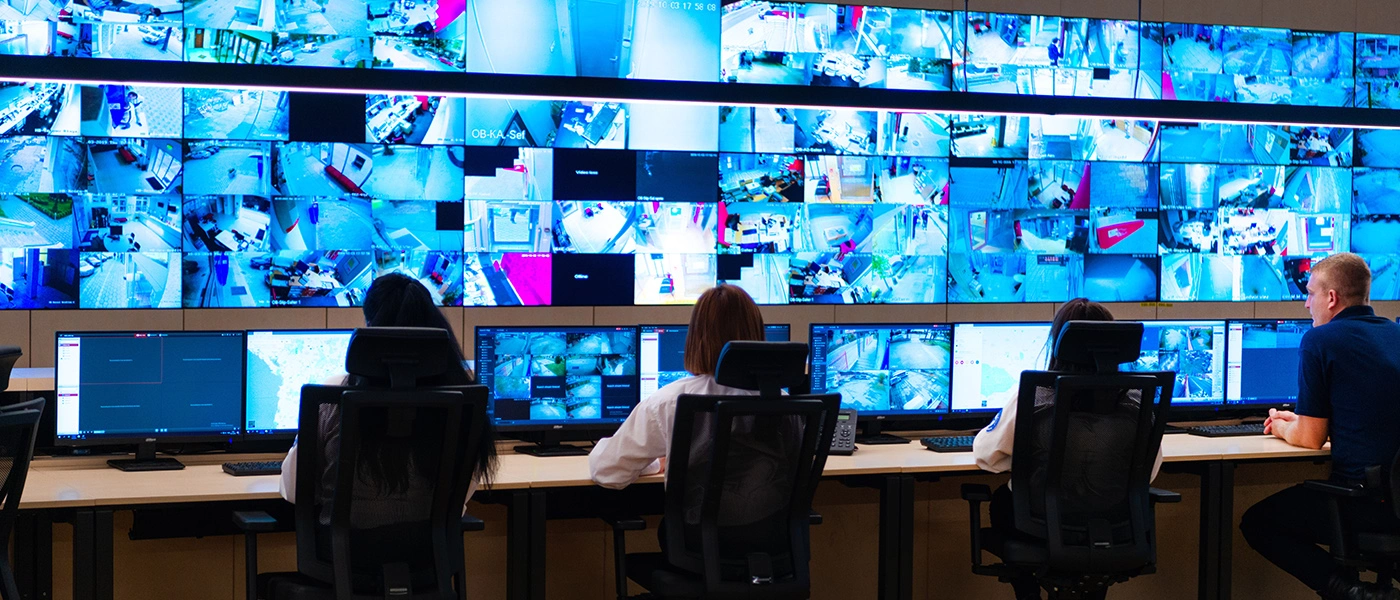
Description
Police, Military, Counterterrorism, Border Forces and Security Services:
We have developed powerful technology that has the ability to rapidly scan CCTV footage and identify humans and human activity – this saves time and provides a rapid summary with highlighted times and frames where activity of interest is occurring. We are currently working on the ability to detect specific objects of interest. Using this technology greatly reduces the time and personnel require to review footage. It can be pre-set to identify human activity, specific persons of interest and the positions on the recording where such events occur together with the timing and duration of those events. For security purposes, we can prepare servers to operate this technology which are wholly under the control of the relevant public body and where access is only permitted to authorised individuals. Costs will vary, dependent on the capacity required and the volume of footage to be processed. The costs are likely to be very small in comparison with the cost of the man hours saved by this technology.
Ethical face recognition technology:
Police forces will be well aware of the controversy that has attracted substantial media coverage on the subject of real-time face recognition technology. The main problems that can arise are, first, whether the particular technology to be used is ethical and, secondly, whether the use of that technology can be justified as being in the public interest. While nearly all other providers of this technology have 'scraped' images from social media, prison records and other easily accessed sources, we have created artificial faces with self-learning algorithms. All facial recognition systems need a massive database of millions of images. We have overcome the ethical objections by creating synthetic images rather than copying real human images, using our self-learning algorithms. This helps greatly to avoid inherent bias which is another criticism of many systems. An additional problem that can arise is poor 'matches' which cannot be relied upon. Unlike a biometric passport booth which has ideal conditions for facial/biometric recognition, our technology is deployed in the field where conditions may be far from ideal. The quality of lighting is not assured and can change with weather and the time of day. The individuals concerned are not worried about being cooperative (as in a passport booth), they may be wearing hats, hoodies, masks, looking down and moving quickly. This can be corrected to some extent by using our high-quality technology, but we strongly recommend using a corroborative technology as a 'double-check' on the accuracy of the identification. Our Artemis technology can provide important corroboration and tale a match from a very uncertain 55% probable to virtually 100% probable. Our technology can be deployed in enclosed areas (for example, railway stations), open areas (for example an urban crossroads), and as a mobile solution (cars, bicycles, pedestrian use). Costs will vary, of course, depending on the coverage required and whether corroborative technology is to be deployed.
Device Detection:
Our detection hardware can be very small and is easily concealed. The hardware can be placed in locations where suspected criminals are known to gather, or just in a busy area, without being detected. Information can be stored on a device for downloading at convenient intervals or the devices can be fitted with data SIM cards allowing real-time transmission of data. Our hardware can be portable and carried by individuals in vehicles, drones, cyclists and pedestrians. The detection of mobile phones and other data processing devices, which can, subject to authorisation, enable tracing of movements of the phone and the traffic that has passed or is passing through the telephone. This is achieved with our Artemis technology. The past movements of the device will provide a probable record of the movements of an individual. The ability to track in real-time provides the opportunity to follow the whereabouts of an individual. Costs for the use of the technology are not onerous. There will be costs in purchasing the data to track past movements of the device and this will vary according to the time period for which such information is required. Real-time location and traffic will normally be provided by the relevant mobile phone operators without charge, when requested, with the relevant authorisation.
The combination of face recognition with device detection:
It will be appreciated that evidence gathering is made stronger when reliable face recognition is coupled with identification of devices such as mobile phones. This allows, with a high degree of probability and, very often, certainty, identification of a device and its user. It can place an individual in an exact time and place and allow vital information to be gathered on the traffic passing through the device and its past movements. This technology can save massively on man hours spent on tracking criminals and provide sure-fire evidence for a prosecution. The costs of this technology are very small in term of the man hours saved and the likely higher success rate of prosecutions.
Identifying vehicles that may have been involved in criminal activity:
Our technology can passively identify unique identification tags of stationery and moving vehicles. This technology may be coupled with ANPR and our other technologies for identifying the unique tags of mobile phones and other devices. This may be coupled with our face recognition technology that can identify the individuals using a vehicle. If the vehicle is using false number plates or the number plates are changed, our technology can still identify the vehicle. An abandoned vehicle may be identified with a scene of crime if, for example, the scene of crime has installed our technology. This may be useful for protecting embassies, high level government buildings, and other valuable targets. The technology also allows a 'vehicle of interest' (VoI) to be identified and alerts can be provided when that same vehicle reappears at locations where our technology has been installed. This can lead to tracking of vehicles, providing useful information and, where relevant, vital evidence. The costs of the technology are, as would be expected, largely linked to how many of our devices are deployed.
Rapid Personal Document Processing:
The ability to provide rapid processing of individuals for passport control, vaccination or other purposes without most of the individuals concerned having to stop. Individuals can download an app which we provide on their smartphones. The app could hod details of their passport, driving licence, vaccination certificates or other important personal documents. When those individuals pass through, for example, an airport (having activated the app), our devices can check the documents as they walk through a 'pinch-point' and verify the authenticity of the documents and, using our facial recognition technology, confirm that the individual is the correct person for those documents. If the documents/individual are not 'correct' an alert goes out and the individual can be stopped for questioning. This technology allows more rapid processing of people and saves substantial costs in personnel.
Discerning Human Activity in remote Areas:
The ability to discern human activity in remote border areas and provide alerts to border control authorities is provided by our technology. Our hardware devices can be placed in remote areas and can be concealed in trees or any other suitable cover. Each device can cover a radius of up to 200 metres. Five devices should, in many cases, cover 1 km. The devices can be powered by solar panels, batteries or, where available, a suitable other power source. Data can be transmitted by a data SIM card located within our hardware. The technology relies upon picking up signals emitted by mobile phones, iPads, vehicles and other devices. An alert can be sent to the relevant authorities when activity is detected, and the activity can then be investigated by helicopter, drone or other means. Border control is expensive. This technology can make controls in remote areas more effective and save money be reducing the need for random patrols. The same technology can prove useful in conflict zones and allow early detection of opposition presence in non-urban locations.